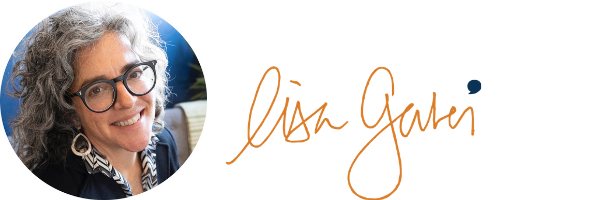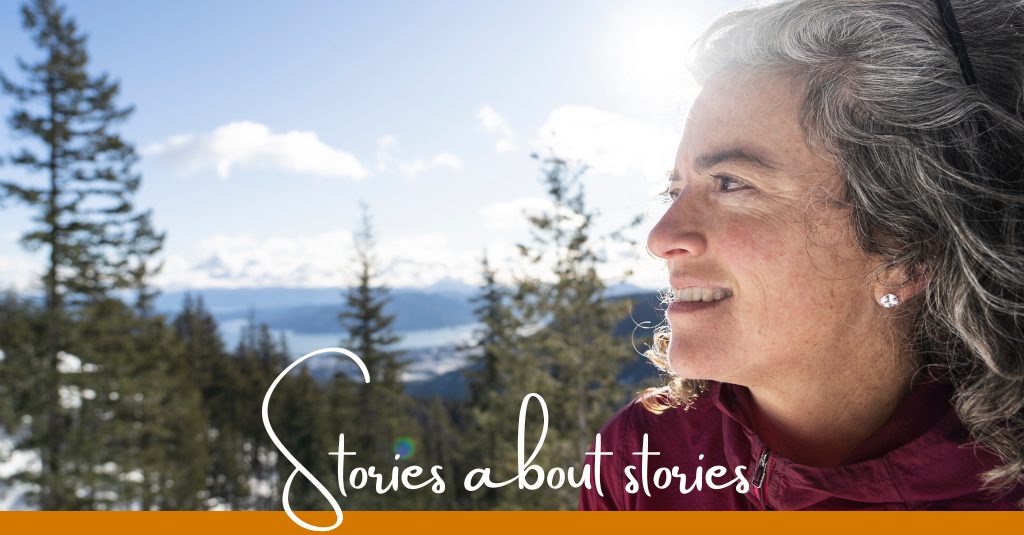Before I get into today’s story, I’d like to invite you to my May Storytelling Strategies webcast, May 24th at 10 am Pacific. In these sessions, we have a round table discussion around ways to connect with your audience through storytelling. You can learn more about that here and register to attend for free.
In Desert Solitaire, Edward Abbey contemplated the lives of ancient cliff dwellers who made their homes far up above ground in caves in the rock of the Utah desert:
“Fear: is that the key to their lives? What persistent and devilish enemies they must have had, or thought they had, when even here …, a hundred foot-miles from the nearest grassland, foothills and mountains, they felt constrained to make their homes. Their manner of life was constricted, conservative, cautious, perhaps only the pervading fear could keep such a community together. Where all think alike there is little danger of innovation.”
Persistent and devilish enemies they had or “thought” they had.
I have a theory. There is a world parallel to our grounded, visible real world, it’s one made up of our persistent and devilish enemies we think we have. I call it our Thought Bubble World.
You can’t see it but there are thought bubbles floating in the ether just a few feet above our heads. You may recall a Seinfeld episode that explained the concept of good naked and bad naked. Likewise, there is a good thought bubble world and a bad thought bubble world.
Today, I want to talk about the bad one: The persistent and devilish enemies we think we have.
But first, why am I going on about it? Because the stories we tell ourselves inform the stories we tell others and if we don’t start with our own stories, we don’t show up in a way that is true and real, that builds trust, and helps us make the impact we want to make in this world.
Those bad thought bubbles are the stories we tell ourselves. Just this week, a friend didn’t show up for an appointment we had on the calendar. My first thought (bad thought bubble) was to blame myself. I won’t go into details but suffice it to say, I had the idea that I had seriously let this friend down over the past several months and I was carrying some guilt about it. I made this into a big deal and prepared a massive apology when I learned our call had simply slipped her mind. She lost track of time and arrived within moments of my sending a heavy-duty, long-winded text message. I had created a huge story that wasn’t true. I had acted on that story. And then it was just awkward.
“Reality is kinder than the story,” said Byron Katie in Loving What Is.
How can we burst the thought bubble world? Here are a few ideas.
- Dispute your beliefs.
- Hold nonjudgmental awareness – this is “compassion” but I don’t like that word.
- Anchor your stories in evidence – borrow from Byron Katie – is this belief or thought true? Ask yourself or if another person is involved, ask them.
I think we can see how this bad Thought Bubble World can be insidious. Our actions are often defined by a work of complete fiction. We become like the cave dwellers and live a life constrained by it.
Take care out there.

SOME WAYS I MAY BE ABLE TO HELP YOU AND YOUR TEAM:
LEAD YOUR WAY: This mentoring/coaching program is designed to help you step into your leadership and show up as your best self so you can communicate to connect and amplify your impact.
COMMUNICATE TO CONNECT: In my storytelling workshops, I teach leaders of all capabilities how to engage authentically with their teams, community, and stakeholders to create meaningful connections that build trust, increase team engagement and lead to better fundraising and revenue generation.
Did you have something else in mind? Let’s talk and see how I might be able to help. Contact me and we’ll schedule a chat.
Stay in touch.
Sign up for our newsletter and receive a digital version of my book From So What? To So Funded! for free.

Эта платформа размещает свежие информационные статьи на любые темы.
Здесь вы легко найдёте события из жизни, культуре и разнообразных темах.
Информация обновляется в режиме реального времени, что позволяет следить за происходящим.
Минималистичный дизайн облегчает восприятие.
https://sneakerside.ru
Каждое сообщение оформлены качественно.
Целью сайта является честной подачи.
Читайте нас регулярно, чтобы быть в курсе самых главных событий.
Данный портал собирает интересные новости в одном месте.
Здесь доступны события из жизни, технологиях и разных направлениях.
Контент пополняется ежедневно, что позволяет всегда быть в курсе.
Минималистичный дизайн помогает быстро ориентироваться.
https://fashion5.ru
Все публикации предлагаются с фактчеком.
Редакция придерживается честной подачи.
Следите за обновлениями, чтобы быть в курсе самых главных событий.
Rolex Submariner, выпущенная в 1954 году стала первой дайверской моделью, выдерживающими глубину до 330 футов.
Часы оснащены 60-минутную шкалу, Oyster-корпус , обеспечивающие безопасность даже в экстремальных условиях.
Конструкция включает светящиеся маркеры, стальной корпус Oystersteel, подчеркивающие спортивный стиль.
Наручные часы Ролекс Субмаринер фото
Механизм с запасом хода до 3 суток сочетается с перманентной работой, что делает их надежным спутником для активного образа жизни.
За десятилетия Submariner стал символом часового искусства, оцениваемым как коллекционеры .